Prediction of harvesting 870 kg of saffron in Hamedan
Hojjatullah Shahbazi said: In recent years, the farmers of the province have welcomed the cultivation of this crop, and the area under cultivation of this crop, which was 83 times 16 hectares in 1983, has now reached 215 hectares.
Shahbazi, pointing out that from the distant past, Zagros and Alvand slopes, has been the source of saffron cultivation, added: the amount of saffron production in Hamedan province in this 15-year period has increased from 52 kg per year to 700 kg.
Cultivation of saffron in Hamedan province starts in September and after planting, it needs irrigation once until the end of the month, and in October, if there is no rain, it is irrigated again. This year, the amount of saffron cultivation in Hamedan province is expected to reach 270 hectares and its production in this province will increase from 700 kg last year to 870 kg this year.
One of the current actions of the Agricultural Jihad Organization of Hamadan Province is to try to brand Hamedan saffron internationally. Saffron is a valuable plant that has a high economic importance, and for this reason it is known in the world as red gold. Saffron plant has special advantages such as low water requirement and favorable harvest season. Saffron belongs to the lily family and its main origin is Asia, China and Iran, but Abrishami says in his book Saffron Agriculture; The origin of saffron is the land of the Medes, which for many centuries due to climate change, this valuable plant goes to the east of the country and is also cultivated there.
Today, saffron is widely used in cooking, confectionery, beverage and pharmaceutical industries and recently due to its anti-cancer properties, the importance of this plant has doubled. This plant is also considered around the world due to its many medicinal properties. And more than 90% of the world’s saffron is produced in Iran.
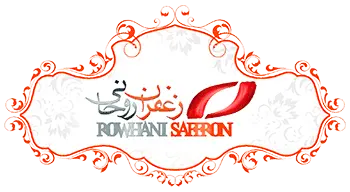

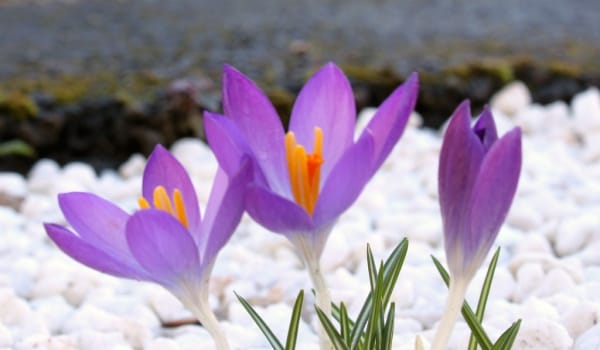
![Exporting Saffron to Turkey + Price Guide [Complete 0 to 100]](https://www.rowhanisaffron.com/wp-content/uploads/f1-372-500x383.jpg)
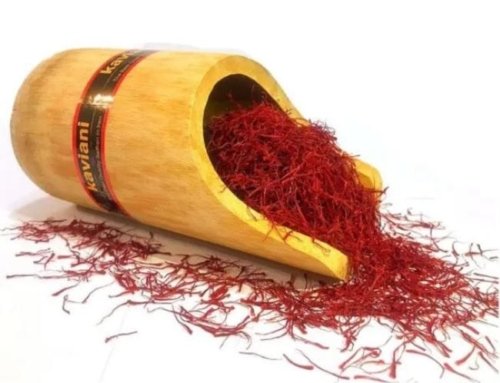
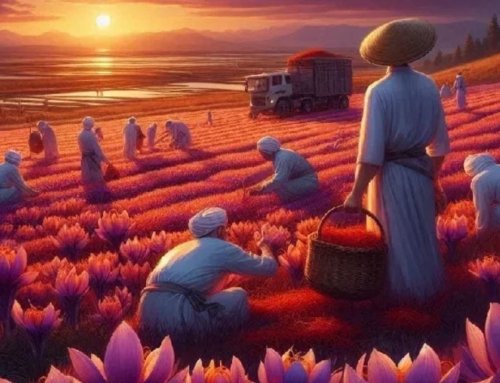
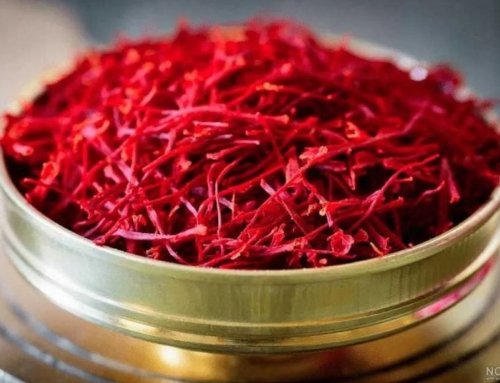
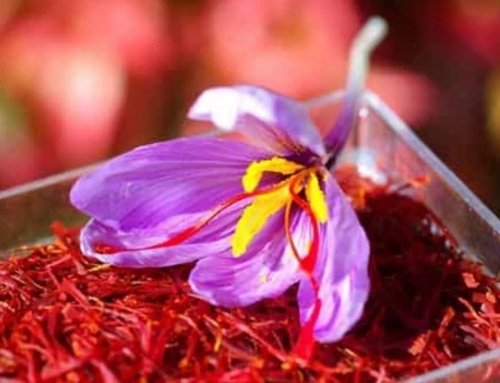
Get Social